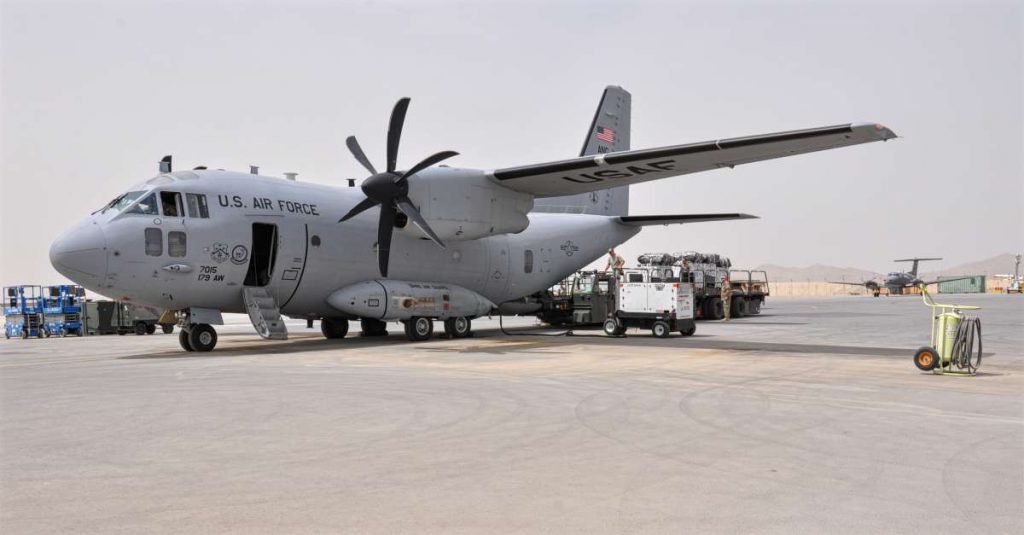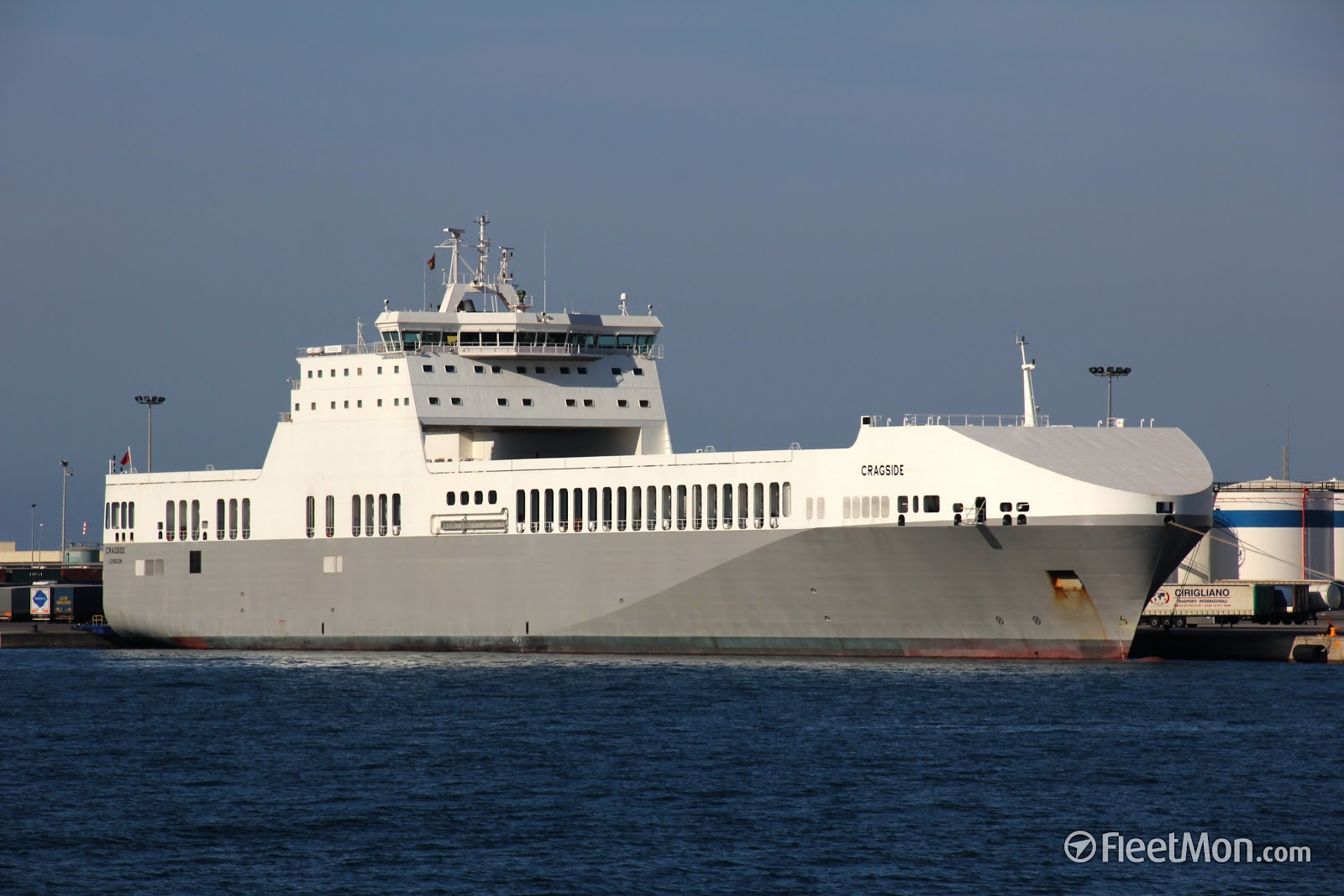- Reaction score
- 146
- Points
- 710
Looks like USAF might actually go ahead with real OA-X competition...on verra:
Mark
Ottawa
The light attack aircraft competition will be down to two competitors
The Air Force is preparing to begin buying light attack aircraft next year — and the winner is going to be either Textron’s AT-6 Wolverine or the Sierra Nevada Corp.-Embraer A-29 Super Tucano.
According to a pre-solicitation posted on FedBizOpps on Aug. 3, the service will put out a final request for proposals to the two competitors in December with the hopes of awarding a contract by the end of September 2019.
However, Air Force spokeswoman Ann Stefanek told Defense News on Monday that service leaders have not yet made a final decision on whether to green-light a program of record [emphasis added]. Should that happen, the pre-solicitation will ensure that the service can move as quickly as it would like to eventually procure new planes, she said.
If the new weapons program moves forward, it appears the service will limit the competition to the two aircraft currently involved in the service’s light attack experiment. The pre-solicitation states that SNC and Textron Aviation “are the only firms that appear to possess the capability necessary to meet the requirement within the Air Force's time frame without causing an unacceptable delay in meeting the needs of the warfighter.”
The Air Force’s decision to only consider the A-29 and AT-6 had been foreshadowed by officials like Lt. Gen. Arnold Bunch, its top uniformed acquisition officer, who repeatedly stated that the service would likely limit a competition to those two participants...
/arc-anglerfish-arc2-prod-mco.s3.amazonaws.com/public/UUCWU3QKPFEX7MOJ54C2RTG6GI.jpg)
An AT-6 experimental aircraft is prepared for takeoff from Holloman Air Force Base. The AT-6 is participating in the Air Force's Light Attack Experiment, a series of trials to determine the feasibility of using light aircraft in attack roles. (Ethan D. Wagner/Air Force)
https://www.defensenews.com/air/2018/08/06/the-light-attack-aircraft-competition-will-be-down-to-two-competitors/
Mark
Ottawa


/arc-anglerfish-arc2-prod-mco.s3.amazonaws.com/public/HKF4O3IN4JCHZHSBDSBPGARSZQ.jpg)



